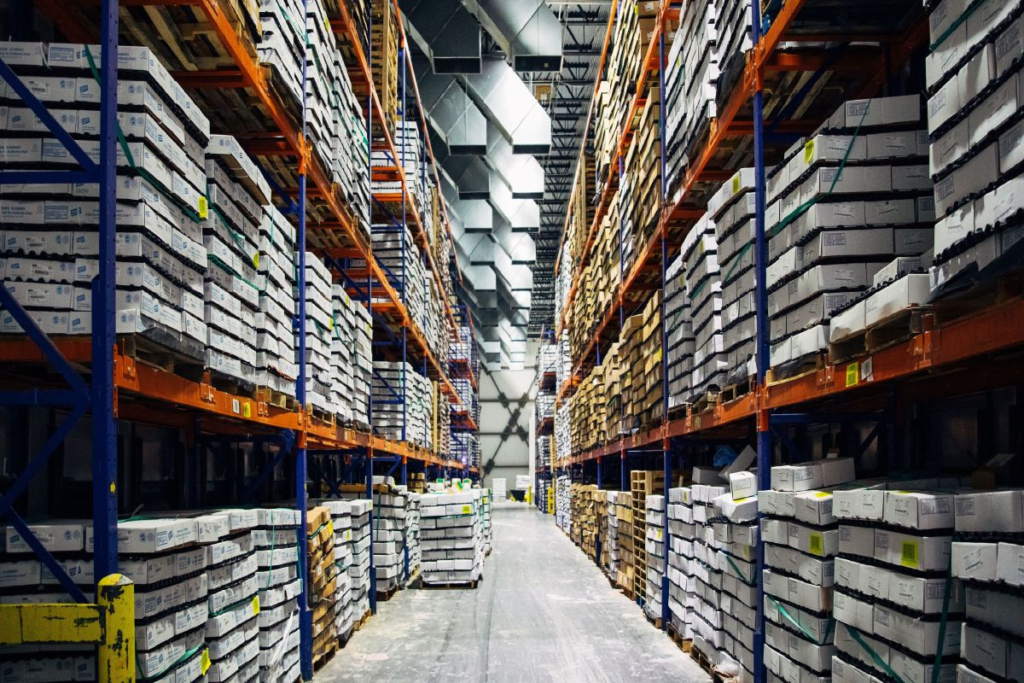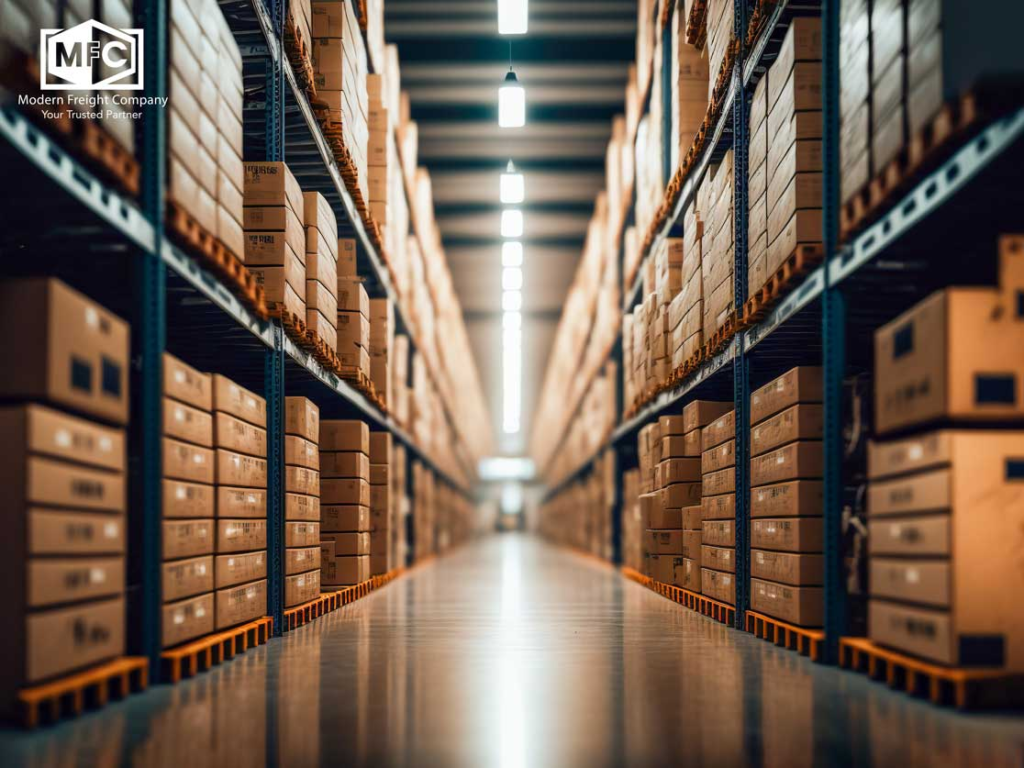Critical shortages in Gulf food warehousing are quickly becoming a serious problem, threatening the region’s supply chain and food security. If not addressed by 2026, these gaps could impact millions of consumers, importers, and retailers across the Gulf countries.
Across nations like the UAE, Saudi Arabia, Qatar, and Oman, food logistics and warehousing infrastructure are under strain due to rising population, climate impacts, and geopolitical issues. With heavy reliance on food imports, these Gulf nations face a risky future unless immediate steps are taken to expand storage and streamline food handling systems.
Why Gulf Food Warehousing Is Under Pressure

The Gulf Cooperation Council (GCC) nations depend on imported food for over 80% of their needs. This dependence creates a strong need for reliable, large-scale cold storage and warehousing facilities. However, critical shortages in Gulf food warehousing are exposing weak points in the supply chain.
Several reasons are behind this growing crisis:
- Rapid population growth in urban centers like Dubai and Riyadh
- Limited land space for new warehousing zones
- Delays in port clearance and customs
- Poor integration of logistics technology
- Insufficient investment in cold chain systems
All of these issues are contributing to delayed deliveries, spoiled food, and rising prices.
The Growing Risk: What Happens by 2026
By 2026, if these challenges are not solved, the Gulf could face food shortages that hit both affordability and availability. The critical shortages in Gulf food warehousing could lead to:
- Major delays in supermarket and restaurant supply
- Increased waste due to inadequate cold storage
- Sharp price hikes due to disrupted imports
- Food safety issues from poor handling
- Lower investor confidence in Gulf supply sectors
The risk is especially high for perishable items like dairy, fruits, vegetables, and seafood. Without modern cold chain storage, these items spoil faster and lead to losses across the value chain.
Case Study: UAE’s Cold Chain Challenges
The UAE is one of the Gulf’s leading food importers. However, industry reports show that critical shortages in Gulf food warehousing affect the UAE as well, especially in its cold storage segment.
In Dubai, major logistics parks like Dubai South and Jebel Ali are nearly at full capacity. This means smaller players in the food business must depend on expensive, less reliable third-party storage providers.
With Expo 2020’s aftermath and population growth putting more pressure on infrastructure, the UAE government is now planning to add more than 1 million sq. ft. of food-grade warehousing. But even this may not be enough if the region faces climate shocks or port disruptions.
Food Security and National Strategy
Gulf nations are working to boost local farming, but these projects will take years to scale. Until then, critical shortages in Gulf food warehousing will remain a barrier to national food security.
Governments have launched food security strategies, such as Saudi Arabia’s Vision 2030 and Qatar’s National Food Security Program. However, most of these plans still rely heavily on improving imports and logistics. And without updated warehousing, the best-laid plans may fail when demand spikes or global disruptions occur.
Technology Can Help But Adoption Is Slow

One of the key solutions to critical shortages in Gulf food warehousing lies in modern technology. Smart warehousing solutions can monitor temperature, automate stacking, and track expiry dates. However, the Gulf is still slow to adopt these tools across its supply chain.
Many warehousing operators still use manual systems and outdated software. Investment in AI-based warehouse management systems is minimal outside of the UAE and parts of Saudi Arabia. There is a clear need for public-private partnerships to upgrade logistics technology, especially in smaller Gulf states.
Investor Outlook: Time to Act Now
With the warehousing crisis growing, investors and private companies in logistics, real estate, and supply chain management have a window of opportunity. Expanding cold storage hubs, automating warehouses, and offering scalable solutions can help solve critical shortages in Gulf food warehousing.
Several logistics startups are already receiving funding in the UAE and Saudi Arabia. But unless this momentum spreads to Bahrain, Oman, and Kuwait, the region may not have the capacity it needs by 2026.
What Needs to Happen Before 2026
To stop the worsening impact of critical shortages in Gulf food warehousing, stakeholders must focus on:
- Fast-tracking cold storage warehouse construction
- Upgrading outdated warehousing systems
- Expanding port infrastructure to reduce delivery bottlenecks
- Offering government subsidies to small food businesses
- Improving regional supply chain cooperation between Gulf countries
The Gulf cannot afford to delay any longer. Rising temperatures, climate threats, and geopolitical tension could trigger sudden shocks that the current warehousing system cannot handle.
Final Thoughts
The critical shortages in Gulf food warehousing present a clear warning sign. With food security becoming more urgent every year, ignoring these infrastructure gaps will put the region at risk.
By taking action now before 2026 Gulf nations can secure their food systems, reduce waste, and build resilience against future global disruptions. The future of Gulf food depends on stronger warehousing and the time to act is now.
Also Read – Gulf Food Exports Rise by 35% Amid Global Trade Shifts in 2025



